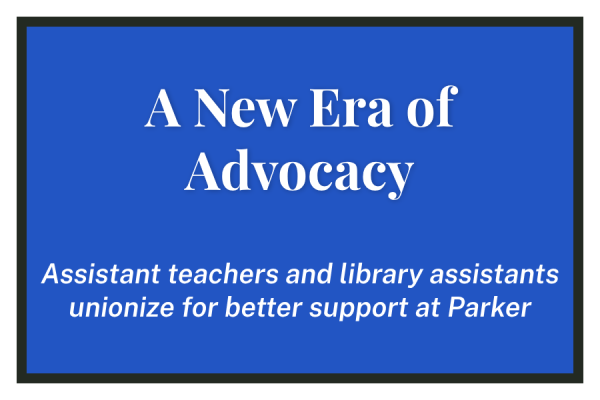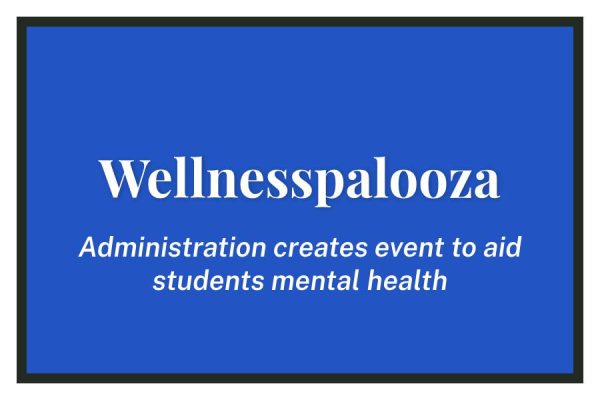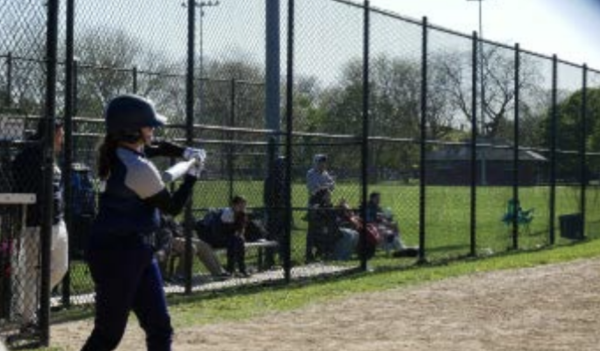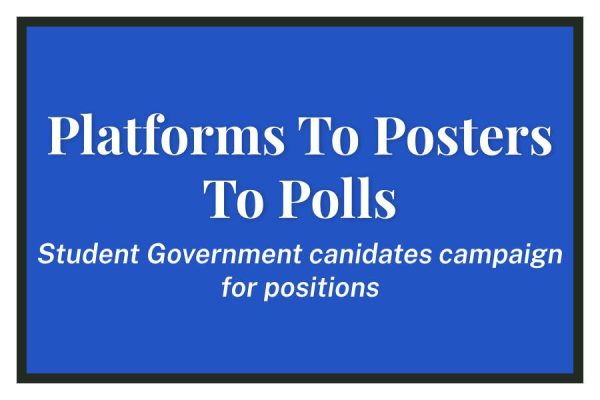Rates Decrease, but are Still High
Drug and Alcohol Usage in the Upper School
In the United States, drug and alcohol usage has decreased among teens at a steady rate in the last 10 or so years. In 2002, 17.6% of adolescents aged 12-17 reported using alcohol, whereas in 2015 the number dropped to 9.6%, according to the New York Times. Following national trends, drug and alcohol usage has been decreasing steadily in the Parker community. In 2000, 42% of eighth graders reported drinking, and that rate decreased to 6% in 2017. But usage rates are still concerningly high, according to Upper School Counselor Dr. Gary Childrey.
Last May all Upper School students completed a survey, created by Freedom from Chemical Dependency (FCD), an organization of prevention specialists on alcohol and drug use. This survey asked questions regarding the frequency with which students use alcohol or drugs, if they have used substances in the past 30 days, at what age and place the student first tried alcohol or a given drug, the amount of any substance they typically consume in one sitting, and what number/percentage of their peers they would guess used substances.
Today, about 22.3% of students in grades 8-12 regularly consume alcohol, according to the Center for Disease Control. At Parker, the results of the survey revealed that 41% of the Upper School reported drug or alcohol usage in the past 30 days. In addition, national use is about equal among males (19.8%) and females (20.2%) for the same age range, according to responsibility.org, whereas 63% of male Parker seniors reported having taken a drink in the last 30 days, as opposed to 90% of female seniors.
The falling substance abuse rates discovered in the surveys, taken in 2000, 2010, and 2017, are directly related to the rise in usage of technology among Parker students, according to Childrey. “The more students use things like iPhones, laptops, basically smart-devices, there’s less teenage pregnancy, drinking, going to parties, learning to drive, and things like that,” Childrey said. “I’m thinking the decrease has more to do with that than awareness, or any strong tendencies.”
The decreasing rates apply to marijuana, but usage is still present in the Upper School. The national average for marijuana usage from grades 10-12 in any form is 18%, whereas Parker’s usage for the same age range is almost double that, at 35.3%. Despite these numbers, 60% of Parker students report that they have never used marijuana.
Overall, usage of marijuana at Parker is decreasing among underclassmen and remaining steady among upperclassmen. Simultaneously, the usage of vaporizers or e-cigarettes is rising among Upper School students.
“E-cigarettes are something we don’t currently go into depth about in our ninth grade Health curriculum,” Childrey said. “E-cigarettes were created for the purpose of weaning smokers off of cigarettes, so they could use nicotine without tar damaging their lungs. Because of this, there’s a popular misconception that e-cigarettes are harmless, when there is still a high risk of addiction and other dangers that students are just not aware of. So we have to do some education about that.”
According to JAMA pediatrics, a growing number of teens are graduating from electronic vaporizers to cigarettes. JAMA reports that the odds of smoking are 3.6 times higher for those who have tried e-cigarettes.
An anonymous male sophomore, who started regularly using e-cigarettes at the beginning of his freshman year, sees no danger in them. “Whenever I see a friend with one, I ask them to use it,” he said. “It’s the greatest feeling in the world. It’s not bad for you if you look it up–nicotine isn’t bad for you unless you get addicted. Also, most people either have one or have done it. It’s huge. I started earlier than most of my other classmates, as I had some friends at another school who were doing it, and people just love it. They really target kids our age, especially with the flavors and everything.”
An anonymous freshman girl, who is currently in Health class with Dr. Childrey, disagrees. “What I’ve learned in health so far this year has definitely impacted my decision not to use e-cigarettes,” she said. “Vaping is really bad for your health and lungs, and the more I delay use, the lower my risk is for addiction. Learning this kind of thing in health class has made me take into account the risks of starting early.”
Childrey noted that the recent survey reveals that Parker students are tending to overestimate how much their peers are drinking. “For example, last year’s 9th grade–around 10% admitted to having consumed alcohol in the last 30 days,” he said. “Yet when the survey asked, ‘How many of your peers do you think are drinking?’ the answers averaged to about 70%. This is of significance. If you think more of your peers are drinking, you are more likely to do so yourself.”
Head of Upper School Justin Brandon thinks that there is some work that needs to be done in the Upper School in light of the survey results. “I think we need to determine the best way to address our concerns in terms of how we have dialogue and how we present dialogue,” Brandon said. “We need to figure out a way to create more space for it and to give students the tools to deal with different situations.”
Although less actual drinking is taking place than students seem to think, it is still a problem, in Childrey’s view. “There are still a little less than 40 kids in the high school that are highly at risk, or binge drinkers,” Childrey said. “Drinking a lot, drinking frequently–this is a smaller number than in 2010 but still a significant number of students who are at-risk drinkers, which is scary and goes to show we have more work to do.” The survey defines binge drinking as five or more drinks consumed in one sitting.
“I am still baffled by the quantity of some students’ consumption of alcohol,” Childrey said. “A lot of people actually reported that they’ve gotten sick in the last 30 days, have had sexual encounters they regret as a result of substance use, have had memory lapses, or have passed out. So they’re reporting this concerning behavior, and yet they are still drinking excessively.”
Currently, substance education is covered in the ninth grade Health curriculum, and again in Senior Seminar. The lack of education in these middle years is a gap that needs to be addressed, according to Childrey.
An anonymous sophomore girl who took ninth grade Health last year believes that the curriculum pertaining to drugs and alcohol has had no discernible influence on her substance use. “The health curriculum I took in ninth grade was not helpful at all,” she said. “It didn’t discourage me or my friends from using substances at all, and I think the majority of my class really took it as a joke.”
The present ninth grade Health curriculum devotes about ten days to drug and alcohol prevention topics. For those days, FCD sends to the health classes prevention specialists who are typically recovering substance abusers. According to Childrey, FCD is generally well received among the freshmen but may not be enough to impact future decision-making.
The Health curriculum has been remodeled for this school year–instead of being pass/fail, as it has been in the past, students receive a letter grade. However, the substance use curriculum remains similar to that of previous years.
In order to raise awareness about substance use outside of his senior and freshman classes, Childrey has prepared a series of talks based on the results of the surveys in order to educate the administration, the parents, and each Upper School grade on the issue. In addition, three extra parents nights this year have been designated as drug and alcohol education programs, a section of senior seminar has been devoted to addressing substance abuse, and the eighth grade has started a program that includes 18 health classes.
“Wouldn’t it be beautiful if we could end substance use in the Upper School at Parker?” Childrey said. “But no, it’s not feasible. What I would like to do, what I would call a success, is continuing to push the trend for students starting to drink back, ideally until 21, but if not, then just back. The other thing I would aim to do is put an end to binge drinking and getting drunk. It’s important kids understand how dangerous it can be now, and the effects it can have later in life. It’s also important to encourage parents to really monitor and talk to their kids about these issues.”







